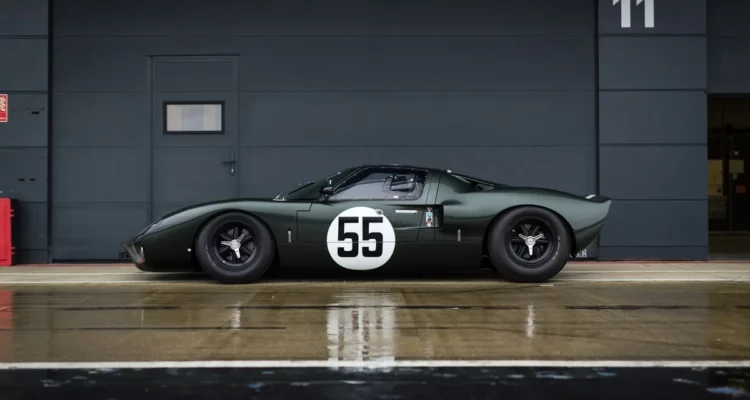The Austin Mini – Five things you need to know
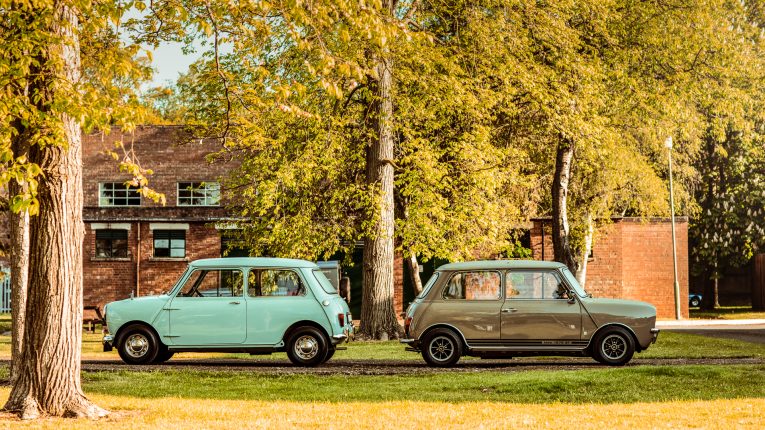
Introduced in 1959, the Austin Mini has since cemented itself a motoring icon. It’s one of those cars that everyone should own or at the very least have a go in. Driving a Mini is like nothing else. And you don’t need a bells and whistles Cooper – an 850cc base model Mini will still bring a huge smile to your face. The Mini is cheeky, it’s charming, it’s a pop culture icon and it’s a car that almost all car enthusiasts love.
And this love for the Mini is a good thing, as it has spawned a colossal aftermarket industry, meaning parts are readily available for every Mini. If you’re restoring, modifying or racing your Mini, the parts you need are never more than a call or a few clicks away. And this means that when looking for a project car, a Mini is a great place to start. Maybe you’re just starting out on your classic car journey, maybe you want a restoration that isn’t going to be constantly held up by unobtanium, expensive parts, or maybe you just want a car to tinker with. Whatever your reason for buying a project, a Mini is a car you should consider.
Of course, a vast aftermarket parts and enthusiast network can only do so much. The Mini, as with all British cars from the ‘50s onwards, was prone to corrosion. Then there’s the chance of crash damage or poor modifications over the car’s life. There’s a lot to look for to ensure you get the right project Mini, or even a good, ready for the road Mini for that matter. So with that in mind, here are five things you need to look out for when viewing what could be your dream Mini.
1) Rust
It’s a British car, so of course, it rusts. The rust protection applied to a Mini consisted of paint and hope, that was about it. As such, you need to be thorough when it comes to looking around any potential purchase. Main areas that succumb to corrosion are the A-pillars, the bulkhead, the front scuttle, the front and rear valances, the boot floor (especially the battery box), door bottoms, sills and floors. So, all of it really. But it doesn’t stop there. The Mini’s design featured external seams, and these are a hotbed for rust, so check those, too, especially the seam around the roof. In extreme cases, the roof can literally rust itself free of the body!
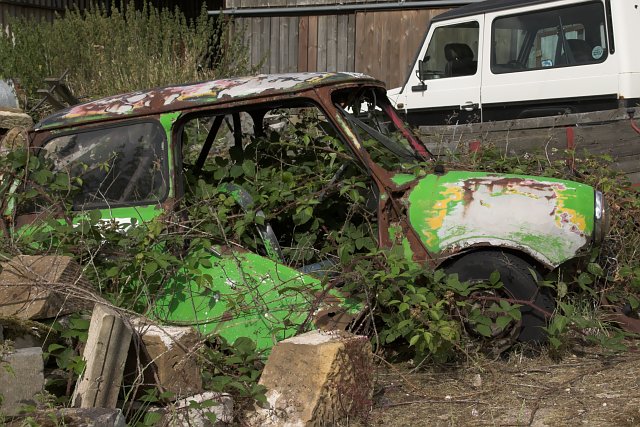
The other thing to look for on a car of this age is poor historical repairs. A Mini that looks good can still be hiding a multitude of sins, so get in there with a magnet, lift up the carpets, take your time to really look at panel gaps and the condition of key areas like the sills and the A-pillars. Be thorough, it’ll save you a lot of pain and financial outlay in the future.
2) Subframes and Suspension
The best thing about a Mini is the way it drives, and this comes care of the front and rear subframes and clever rubber suspension, which not only saved space but also made for firm and direct handling. However, all of that is moot if the subframes have been abused. The Mini is not a tall car, so the chances of the subframes having clouted something on the floor – a curb, or speed bump for example – are high. And in doing so, the metal would have been exposed and the, you guessed it, the rot will have gotten in. And when the rot gets into the subframe of a Mini, it’s bad news. Not only can it throw the handling out, it’s also got the potential to be very dangerous indeed. Especially in the case of the front subframe, which carried the engine and ancillaries.
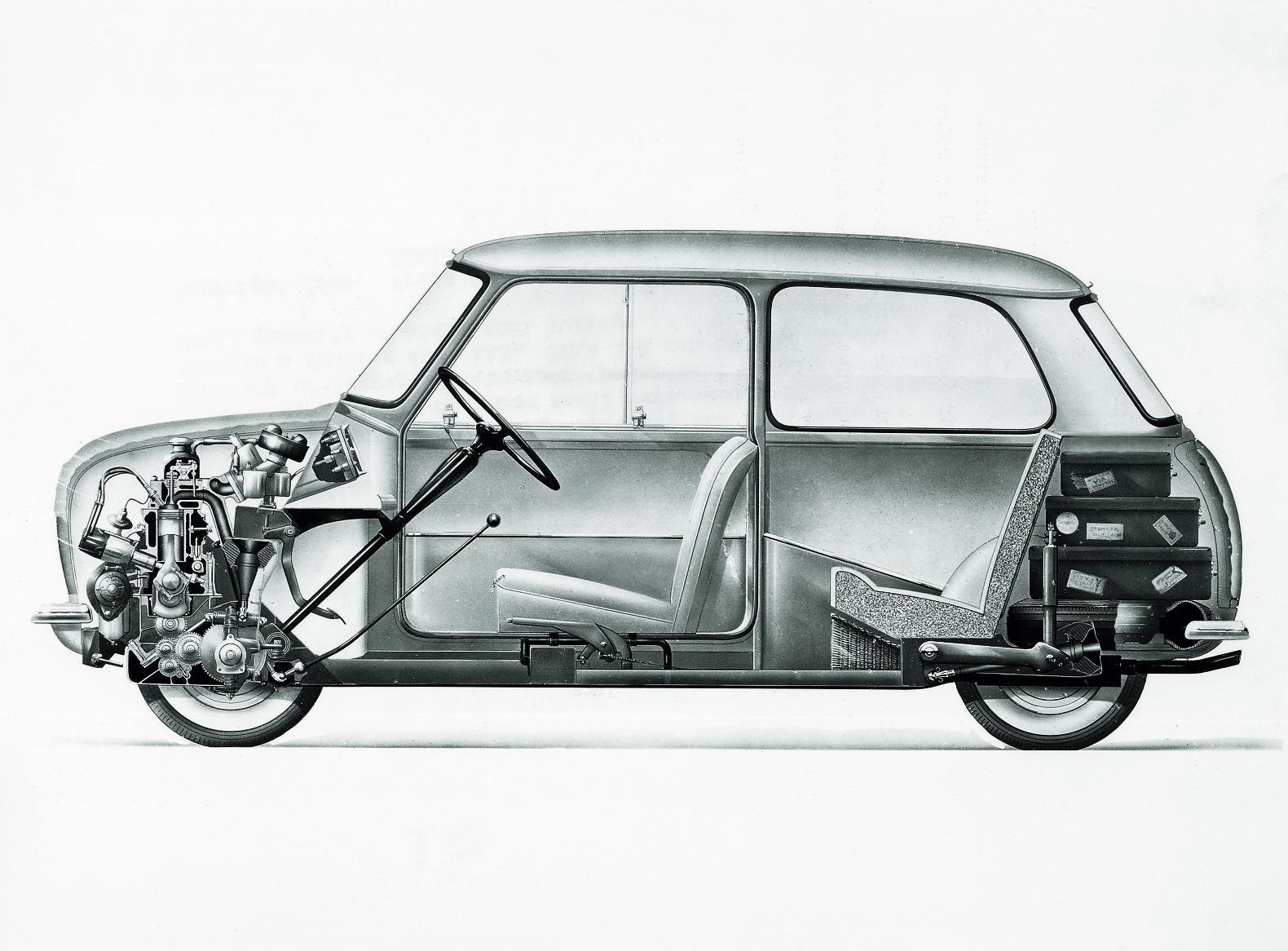
You need to get under the car and look at the subframes for damage and with it, lazy repairs. If they’re in a bad way, it’s not the end of the world, as new ones are readily available, but it is a big job, so you need to make sure your haggling reflects that.
3) Engine
All A Series engines in the Mini were decent, though the 850cc from early cars is, as you’d expect, glacially slow. The 998cc is a good all-rounder, whereas the 1275 in the Clubman is surprisingly quick. That same 1275 is also what you’ll find in later Cooper models, but with the added bonus of fuel injection (on cars from ‘91, with multi-point injection on post ’96 cars). Just make sure your car has the right engine. The engine number is stamped on a little ‘step’ on the engine block. For example, the A+ 998cc engine number starts with 99H, the 1275 starts with 12A.
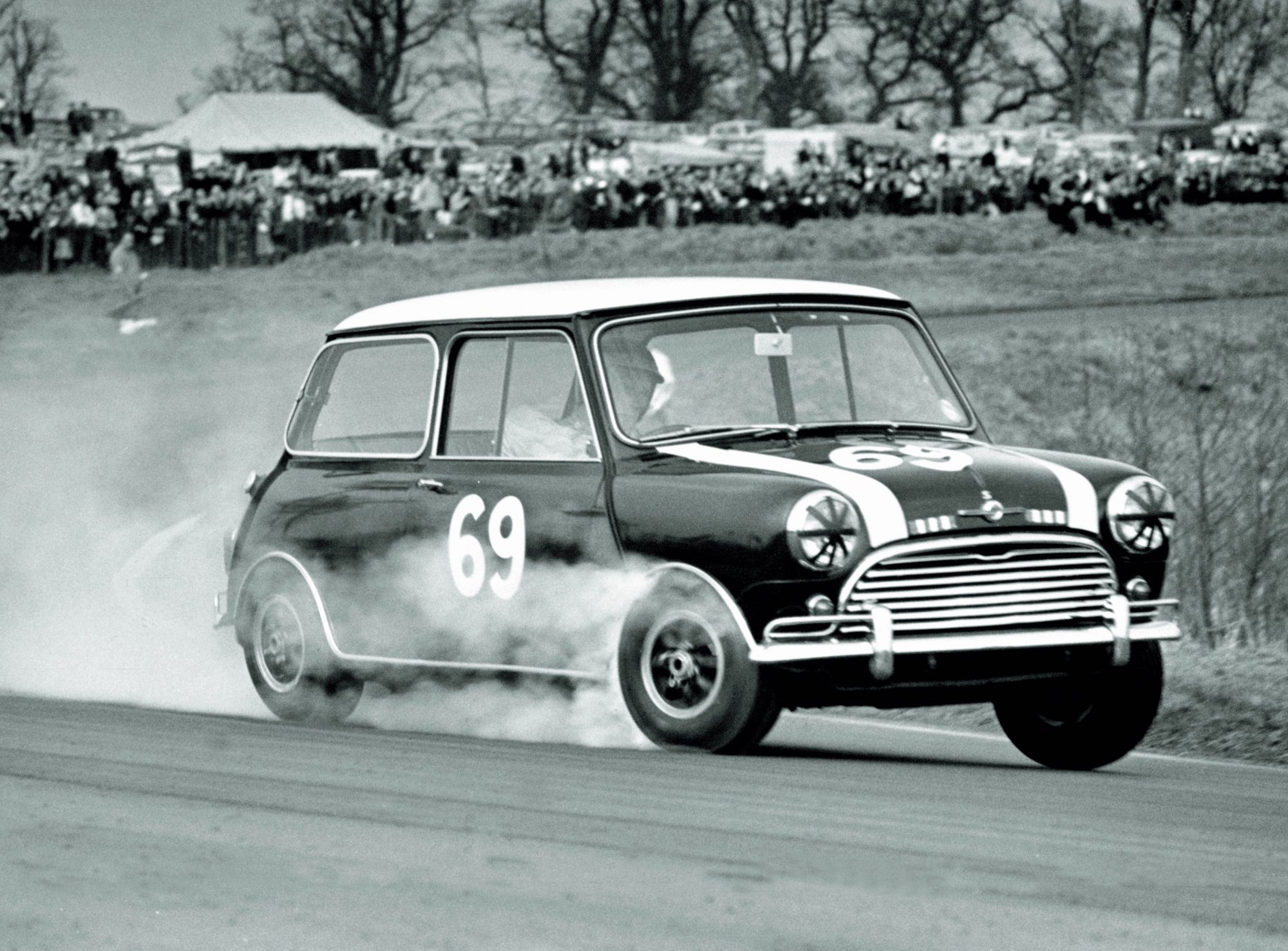
If you’re buying an older car, it’s worth noting that the A series engine couldn’t run on unleaded fuel, not until 1989 when the A+ came out. Other than that, you just need to do the basic engine checks, so check the oil for contamination, look for leaks – the rocker covers are notoriously leaky on these – and also check the cooling system. On later cars, the radiator was moved to the front, but prior to this it was mounted to the side of the engine. On later cars, the radiator’s position offered some protection to the ignition system, as the distributor is mounted on the front of the engine. On the early cars, water ingress was a real problem, so look for signs of excessive corrosion to the ignition components.
4) Bad Modifications
As we’ve touched on already, modifications really are something to be aware of when considering a Mini. One of the Mini’s biggest selling points is the fact it’s infinitely customisable, and as such, people like to make their Mini their own. Now, there’s absolutely nothing wrong with that. We’re all about people doing things their own way. However, there is no escaping the fact not everyone, with the best will in the world, has the same level of ability. As such, modifications can often mean bodges aplenty.
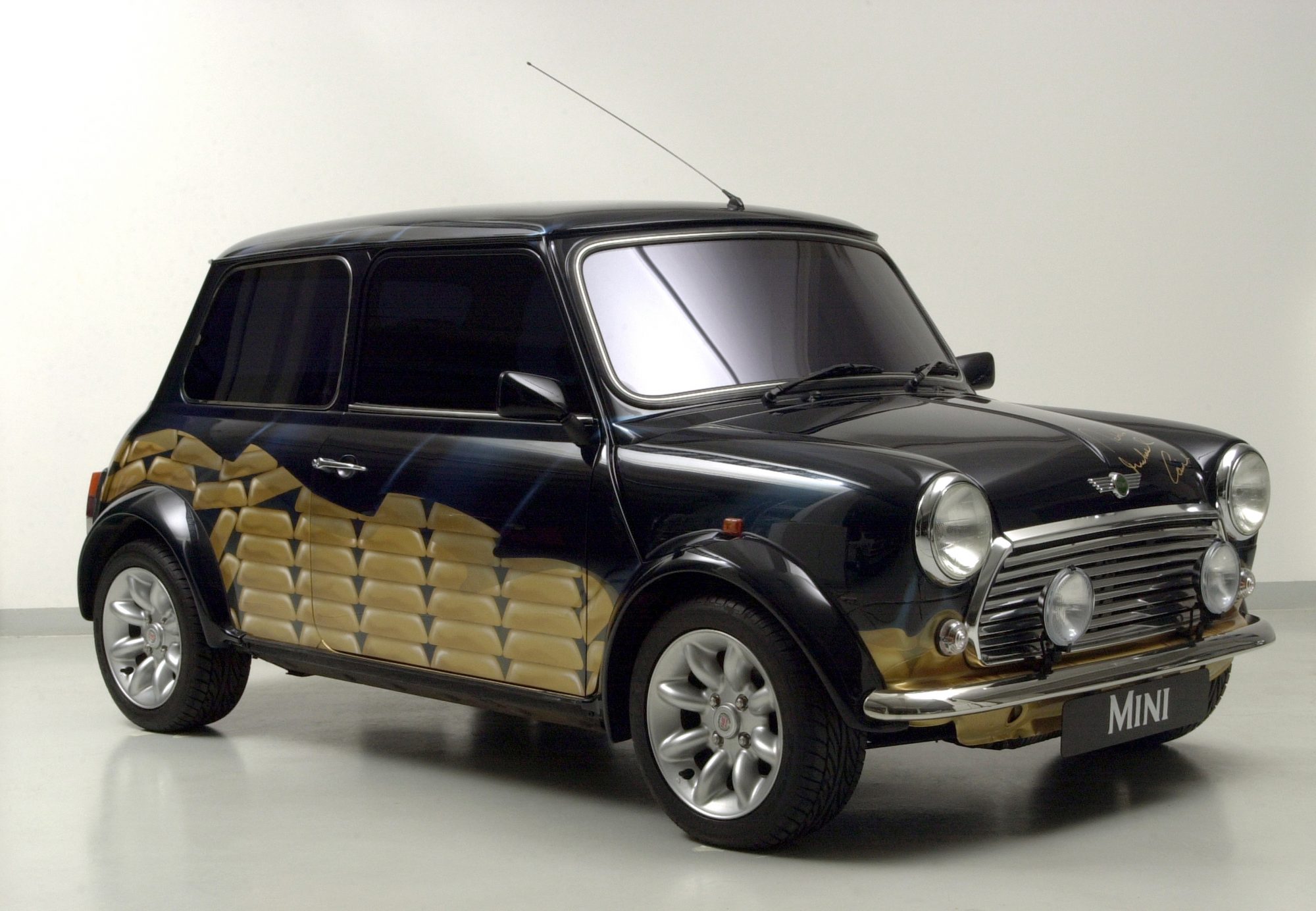
Speakers would be a case in point. It’s popular to cut holes in the small rear shelf in order to fit them. That’s fine, but only if it’s been done well. You don’t want jagged, sharp edges on a hole that looks like it was cut in the dark (whilst upside down and by someone who was drunk).
Another big thing to check is the wiring, as people may have fitted stereos, auxiliary lighting or a microwave. Then there are dubious body modes to look for, such as poorly fitted arches, graphics and so on. As we said, there’s nothing wrong with modifying, just so long as it’s done well.
5) Interior
The Mini is, no surprises here, a small car. That means people of all shapes and sizes have spent years clambering in and out of it, and that’s hard on what was not exactly a sturdy selection of trim to begin with. As such, you need to look for wear to the seats and to the carpets. Also, the door cards can fall victim to damp and start to swell up at the bottoms and edges.
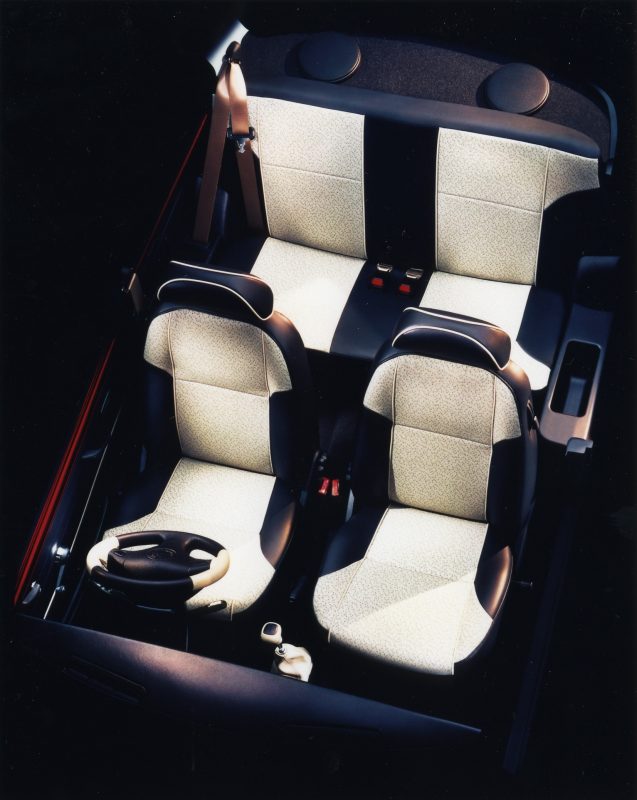
The good news is that getting a new interior for a Mini is no trouble at all. However, if you have an older car or one that’s a limited edition or some such, you may have a hard time getting the right interior, and that’s a problem if you’re looking to maintain originality. As such, if the trim is worn and in need of replacement, you should consider the implications of fixing it, and that should be reflected in what you pay for the car.
Now you know what to look for, there is nothing stopping you from going out and finding the Mini of you dreams, of which there are plenty on Car & Classic…

